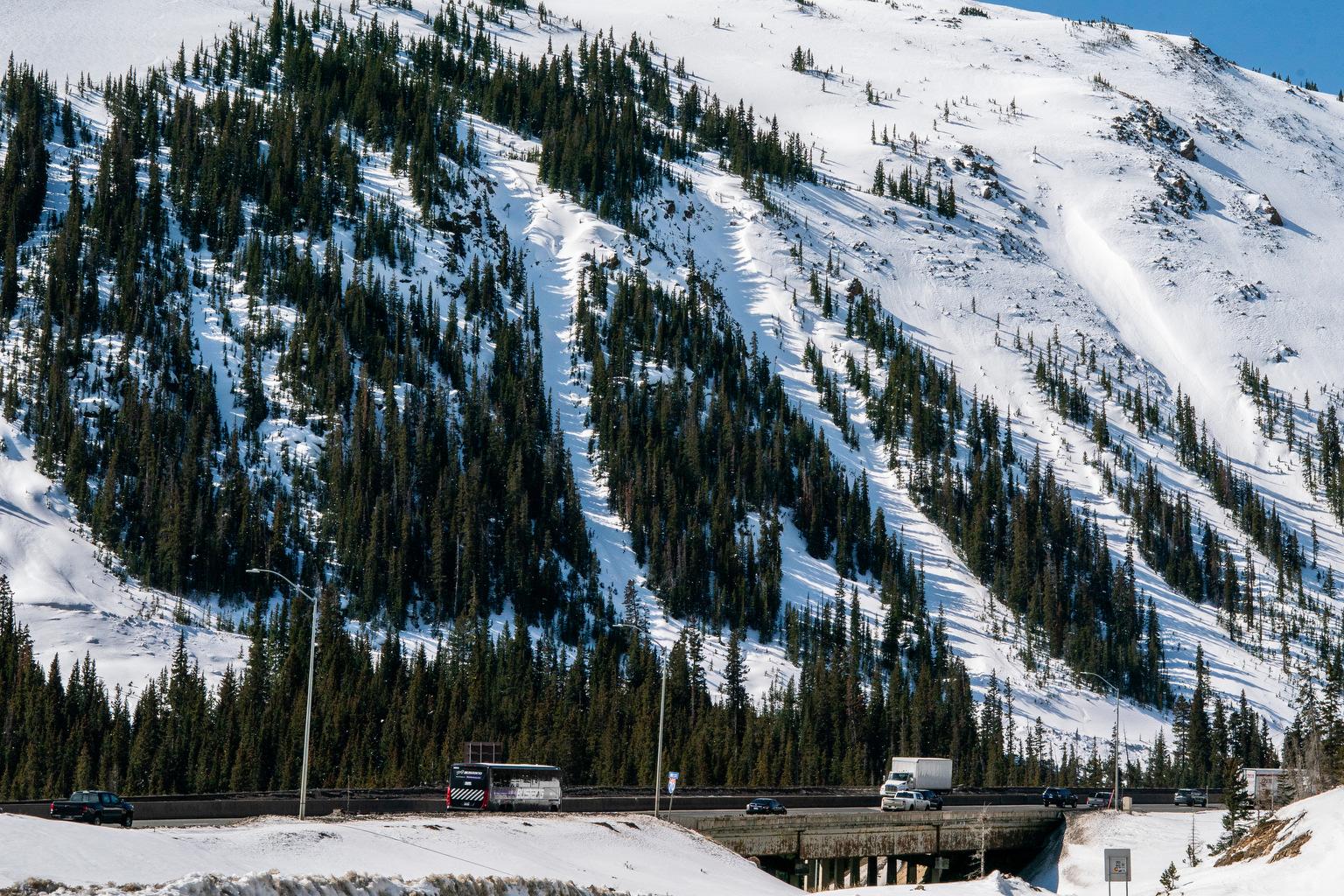
Those who are thinking of venturing into Colorado’s winter backcountry can now prepare for the risk of avalanches through a new online course.
The American Institute for the Avalanche Research and Education (AIARE), in collaboration with the Colorado Avalanche Information Center (CAIC) and the Northwest Avalanche Center (NWAC), have launched Avalanche Aware, a free one-hour, online educational program designed to introduce those to venturing off the beaten track to fundamental avalanche safety concepts.
“Avalanche Aware is a great starting place for anybody who thinks they might be interested in recreating in or near avalanche terrain,” said Emma Walker, Education Director for AIARE. “So, anybody who wants to go into the winter backcountry, this would be a great place for them to start and find some resources to stay safe.”
According to data tracked by CAIC, an average of 27 people die in avalanches around the United States each year.
The program has two courses, tailored to how people plan to recreate. The human-powered course covers activities such as skiing, snowboarding, snowshoeing, hiking and climbing. The motorized course covers snowmobiling.
Each course has five modules:
- Introduction to Avalanches
- Identifying Avalanches Terrain
- Recognizing Unstable Snow
- Manage Triggers
- Making a Plan to Continue Your Avalanche Education
The courses are interactive, intended to offer beginner-friendly lessons with practical takeaways. They are designed to build a strong foundation before outdoor enthusiasts head outside.
“We wanted to make sure that folks saw something that was familiar to them that would engage them and help them kind of understand and apply what they were learning to where they were actually going to be traveling in the landscape,” Walker said.
Upon completion of the program, people can continue their avalanche education by attending an in-person presentation by CAIC and NWAC.
“We really view avalanche education as a lifelong journey, and so we didn't want to just have people have the feeling that they took the course, check the box, got the certificate, now I'm good to go,” Walker said. “We really wanted to encourage people to continue their avalanche education.”
Avalanche Aware’s launch comes as the first skier-triggered avalanche of the season was reported on Oct. 25. According to a Facebook post from CAIC, the slide occurred near Treasury Mountain in the Elk Mountains, where eight inches of new snow fell overnight.
“This setup reminds us that even small early-season slides can happen on steep slopes where you find 10 inches or more of consistent snow,” CAIC wrote in the post.
No injuries were reported. On the destructive force scale from D1 to D5, the avalanche was classified as a D1, meaning it’s harmless to people.









